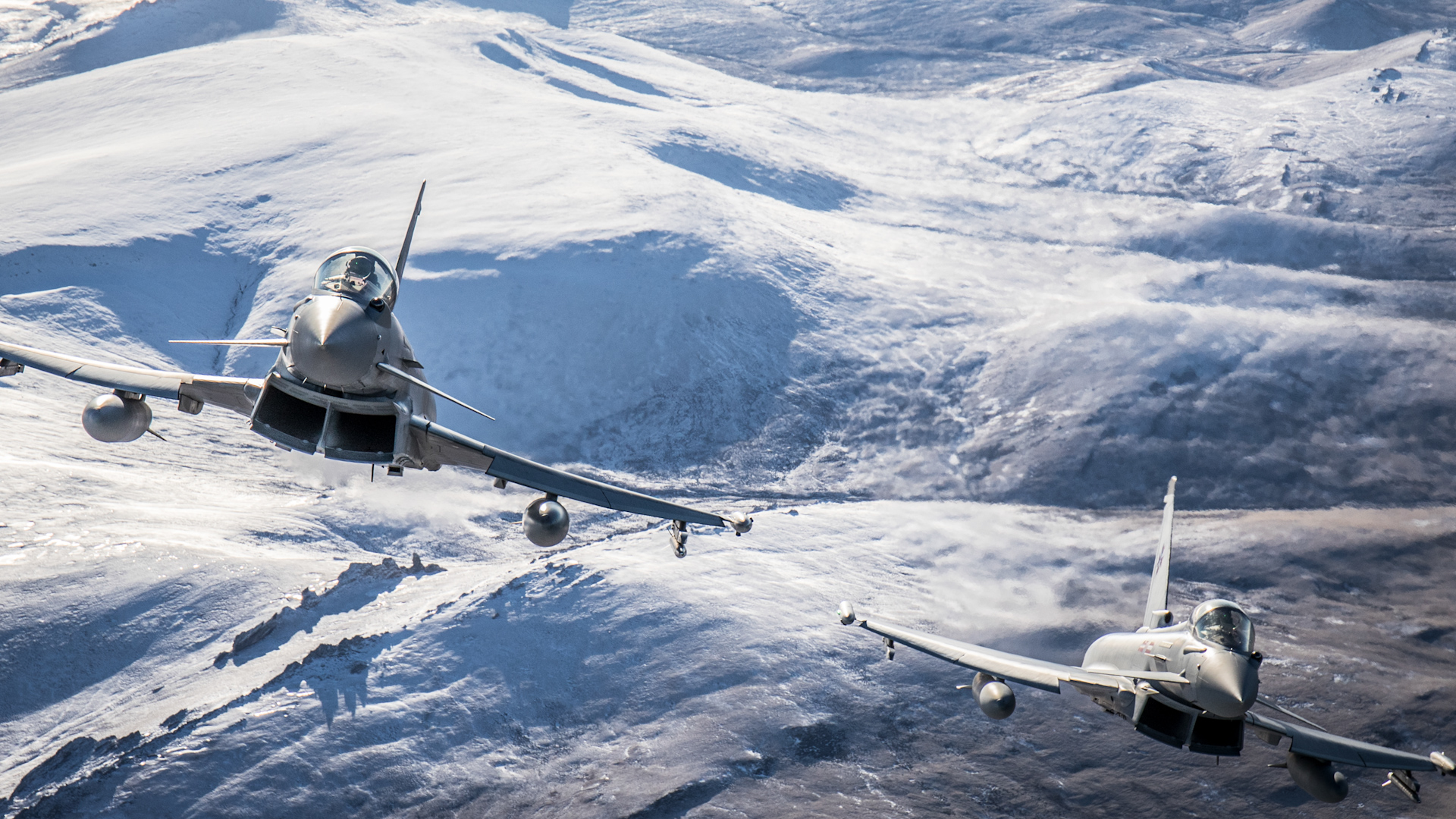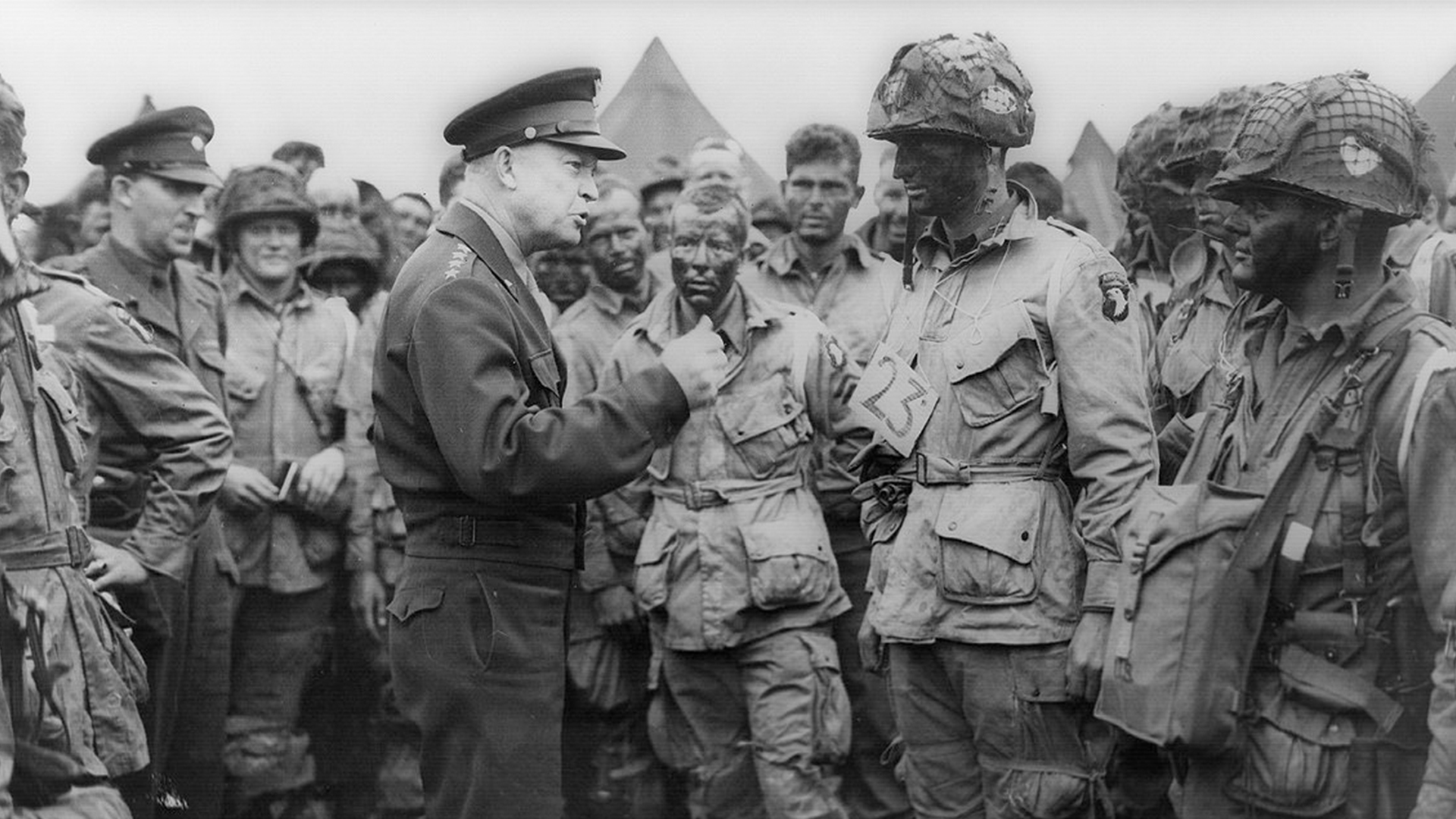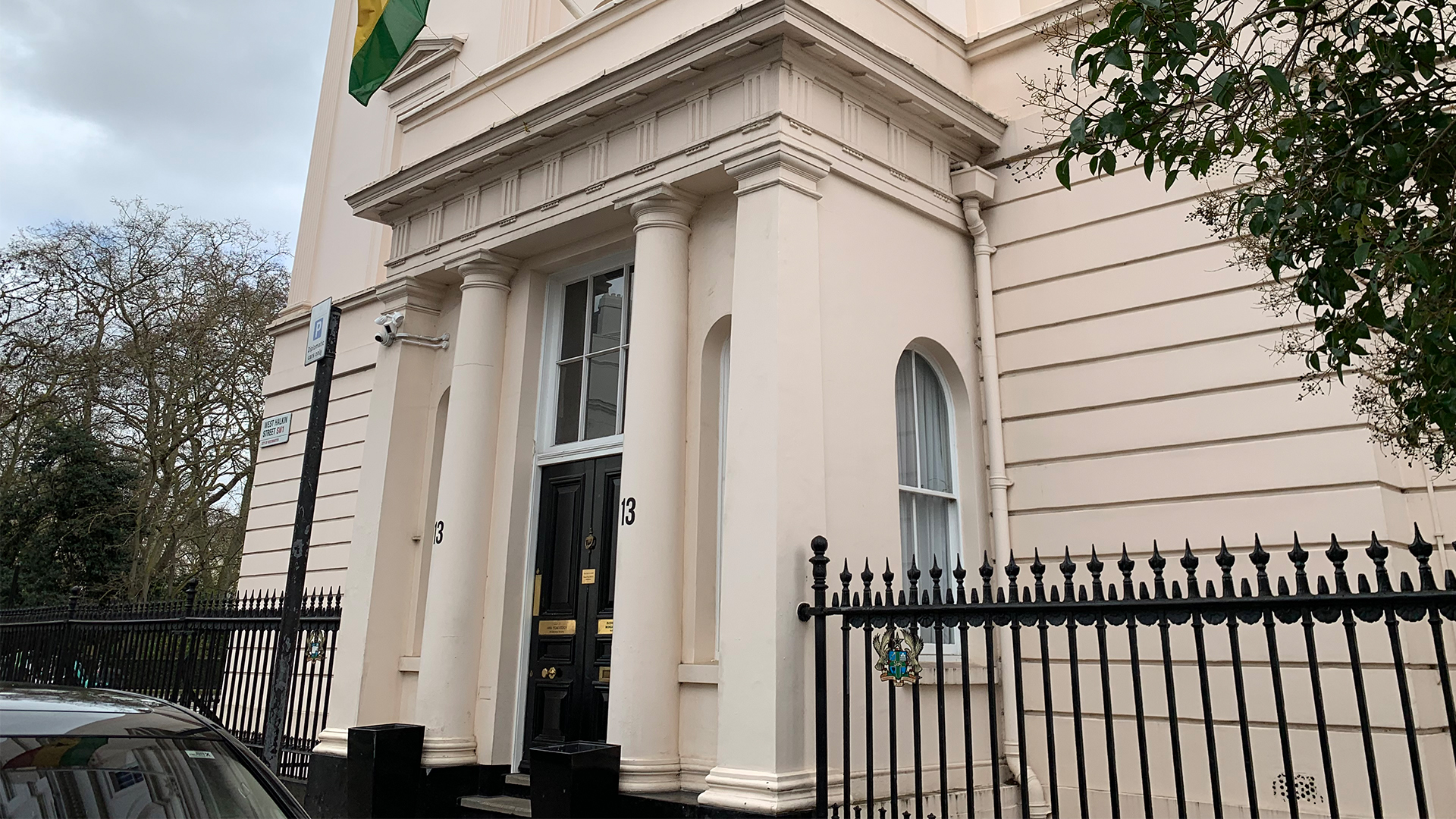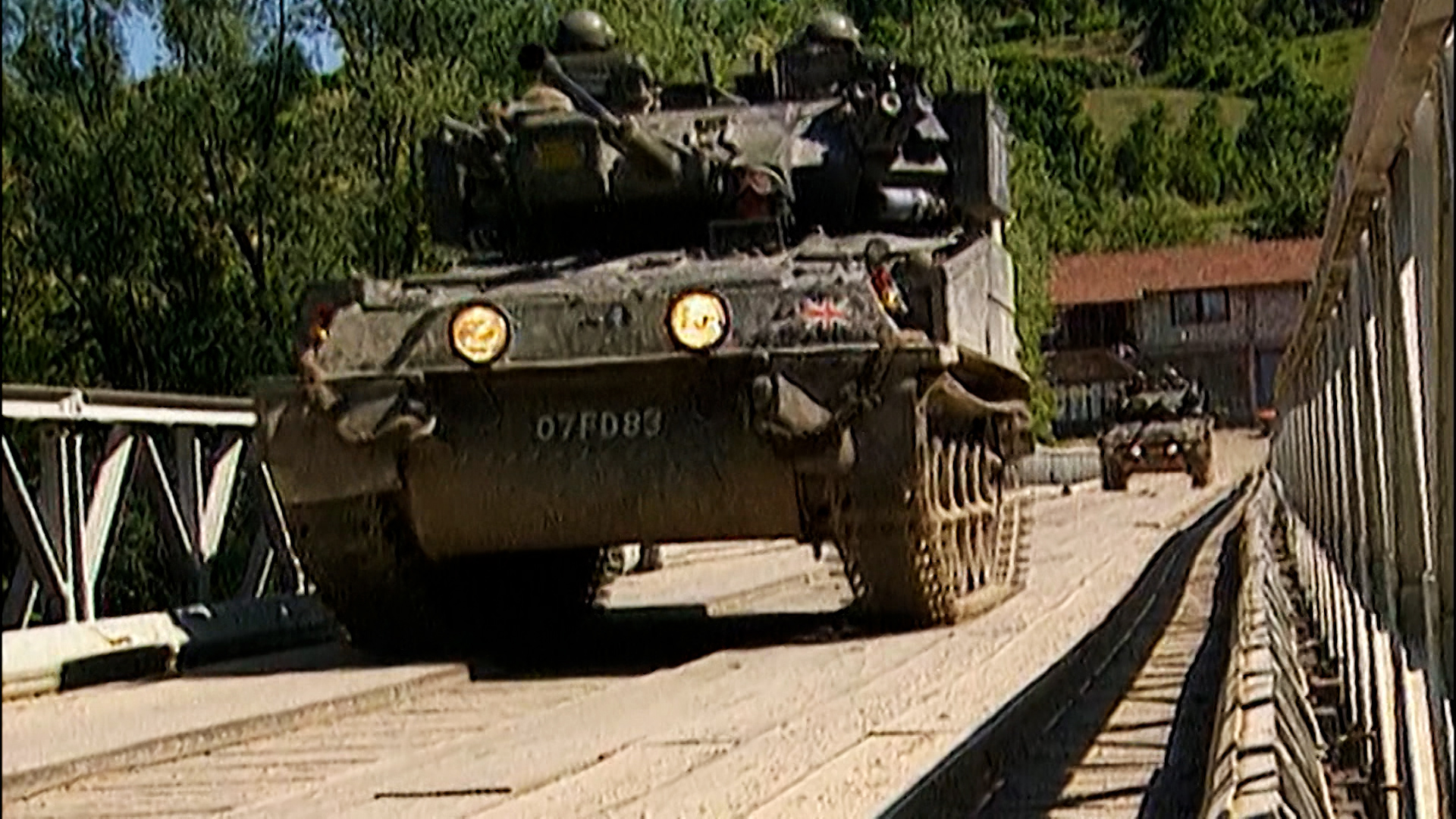
Nato: Born out of the challenges of the past, ready for the challenges of the future

The North Atlantic Treaty Organisation – or Nato – was formed as a response to the perceived threat of the Soviet Union following the Second World War, but this was not the only reason.
The alliance also wanted to prevent the resurgence of any type of militaristic nationalism in the wake of the defeat of Nazi Germany.
A third aim was to encourage political integration across Europe and Nato would be put to the test on all three of these points over the coming decades.
A divided Europe
Europe had been devastated by the Second World War and had begun the lengthy process of rebuilding.
In Czechoslovakia, the Communist Party seized power in a coup in 1948, having received covert support from the Soviet Union.
Later that year the Soviets blockaded West Berlin, prompting the Berlin Airlift.
The Western democracies agreed they needed a transatlantic security agreement to deter any further Soviet aggression.
And so the North Atlantic Treaty was signed on 4 April 1949.
An attack against them all
Article 5 of the treaty stated that an "armed attack against one or more of them [the newly formed allies] shall be considered an attack against them all".
In the event of such an attack, it said each of the allies should take such action as it thought necessary, including the use of armed force.
But Articles 2 and 3 of the treaty go beyond the response to any attack. Article 2 allowed the allies to engage in non-military co-operation, while Article 3 provided the basis for members to co-operate in military preparedness.
Command and control
Despite the signing of the treaty in 1949, it took the detonation of the Soviet atomic bomb and the outbreak of the Korean War to remind the allies that they had no effective military structure that could co-ordinate their activities.
The solution was to create Supreme Headquarters Allied Powers Europe, with the first Supreme Allied Commander Europe being General Dwight D Eisenhower.
The post of Nato Secretary General was also created, being filled by Baron Ismay, a former general in the British Indian Army who had been Winston Churchill's chief military assistant during the Second World War.
Nato headquarters was initially based in London, but was moved to Paris in 1952 before eventually being transferred to Brussels in 1967.

Rebirth and stand-off
As political stability continued to be restored, economic stability began to follow, and new members Greece, Turkey and West Germany joined the alliance.
A stand-off with the Soviet Union ensued and, in 1955, Moscow and its Eastern European allies formed the Warsaw Pact.
Nato's strategic doctrine of the time was called Massive Retaliation, which meant any attack by the Soviet Union would immediately be met with a nuclear response.
The idea was to deter either side from armed conflict as the result would otherwise be all-out nuclear war.
But the construction of the Berlin Wall in 1961 accelerated Cold War tensions.
A new home
Doubts about the relationship with the European Nato Allies and the US led to France pulling out of Nato's military structure in 1966.
Nato points out that the French withdrawal demonstrated that Nato, unlike the Warsaw Pact, could tolerate differing viewpoints between its members.
A new Shape headquarters was set up in Casteau in Belgium in March 1967, and Nato HQ was moved to Brussels in October that year.

Tension and tolerance
In August 1968, the Soviet Union led an invasion of Czechoslovakia that put an end to the 'Prague Spring' – a period of political liberalisation in the country.
Nevertheless, Nato was keen to keep the peace, with West German Chancellor Willy Brandt seeking closer relations between Eastern and Western Europe.
At the same time President John F Kennedy introduced a strategy called Flexible Response as opposed to the "peace or nuclear war" options of Nato's previous policy of Massive Retaliation.
A new Europe
Nato was forced to reassess its task and purpose in Europe following the various revolutions of 1989.
In 1990, East Germany became part of the Federal Republic of Germany and a member of Nato.
Later that year, Nato signed the Treaty on Conventional Armed Forces in Europe with the Soviet Union.
This laid out certain military reductions for both sides, something that carried on following the collapse of the Warsaw Pact and the dissolution of the Soviet Union in 1991.
With Nato's main Cold War adversaries now gone, military spending was reduced in Europe.
However, Nato continued to exist because two its three original principles still held true – preventing the rise of militant nationalism and providing collective security to promote democracy.

An unstable Europe
Despite the removal of Nato's traditional 'enemies', Europe remained a dangerous place, as seen with the break-up of Yugoslavia and the ensuing ethnic conflicts including Bosnia and Kosovo.
In 1994, Nato responded with a programme called Partners for Peace, which let non-Nato countries share information with members of the Alliance and modernise their armed forces.
In 1999, the Czech Republic, Hungary and Poland – who had been Nato partners – became full members of the alliance.

9/11 and Article 5
Following the September 11 attacks of 2001, Nato invoked Article 5 – its collective defence clause – for the first time.
A coalition of countries, many of them members of Nato, intervened in Afghanistan as part of Operation Enduring Freedom.
In December 2001, following the overthrow of the Taliban regime, the United Nations authorised the deployment of the International Security Assistance Force.
The aim was to help stabilise the country and, in 2003, Nato took over command of the International Security Assistance Force (ISAF).
Nato has taken on a number of additional roles since then, including sending training personnel to Iraq and taking part in counter-piracy operations.
New members, new threats
Nato's membership continues to expand, with Bulgaria, Estonia, Latvia, Lithuania, Romania, Slovakia and Slovenia joining in 2004.
Albania and Croatia joined in 2009, Montenegro in 2017, North Macedonia in 2020 and Finland in 2023, with Sweden becoming the most recent member of the alliance in 2024.
But along with these new members came a number of new threats.
These are typefied by the likes of Islamic State, the conflict in Syria and Russia's annexation of Crimea and subsequent invasion of Ukraine.
Nato said of its future challenges: "In the first half of the 21st century, Nato faces an ever-growing number of new threats.
"As the foundation stone of transatlantic peace and freedom, Nato must be ready to meet these challenges."









